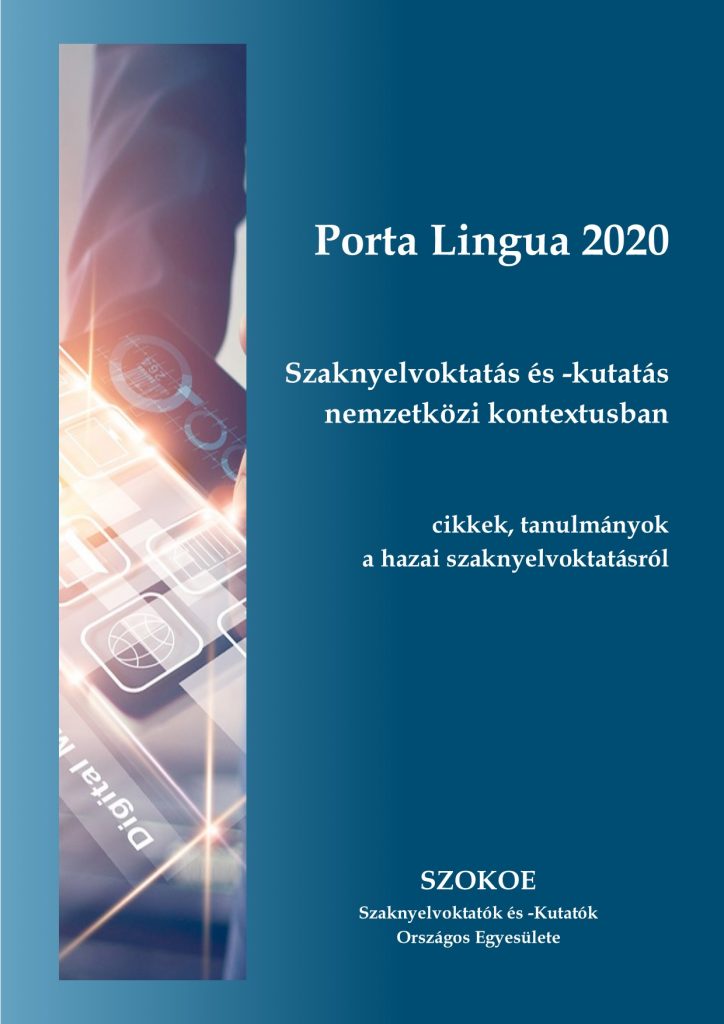Deli Zsolt Pál
A small scale circadian rhythm research for learning new vocabulary items
In: Bocz, Zs. – Besznyák, R. (eds) (2020): Porta Lingua 2020. Szaknyelvoktatás és -kutatás nemzetközi kontextusban. Cikkek, tanulmányok a hazai szaknyelvoktatásról. SZOKOE: Budapest. 261-271
DOI: https://doi.org/10.48040/PL.2020.21
Absztrakt
It is assumed that there is a more or less optimal time during the day for learning new school material, which can vary for different people. It is known that circadian rhythm and certain physiological functions in the human body are closely interconnected. Similarly, according to earlier research, morning and evening personality types can be correlated with certain personality factors. The purpose of the study is to investigate the optimal vocabulary learning habits of two different groups of learners, the early risers or the larks (L) and those who normally get up late and work late, the owls (O). A small scale experiment was conducted to investigate and analyze the best optimal time and the least optimal time that can potentially influence success at learning new vocabulary items. The research questions were aimed at discovering the most effective learning hours for both the owls and the larks. A shorter version of the Munich Chrono Type Questionnaire (MCTQ) was administered to potential participants. Then learning sessions were organized for both groups with the memorization of new vocabulary items followed by tests. It is a small-scale research, and long term implications cannot be drawn without further research. Since the results are somewhat contradictory to earlier findings; more emphasis should be given to this area of research. The results are promising for developing learning strategies; however, further research is needed to acquire more reliable findings. Examining the circadian rhythm of learners has important future implications in foreign language learning and teaching.
Keywords: chronotypes, circadian rhythm, larks, owls, vocabulary learning


 Porta Lingua 2020
Porta Lingua 2020